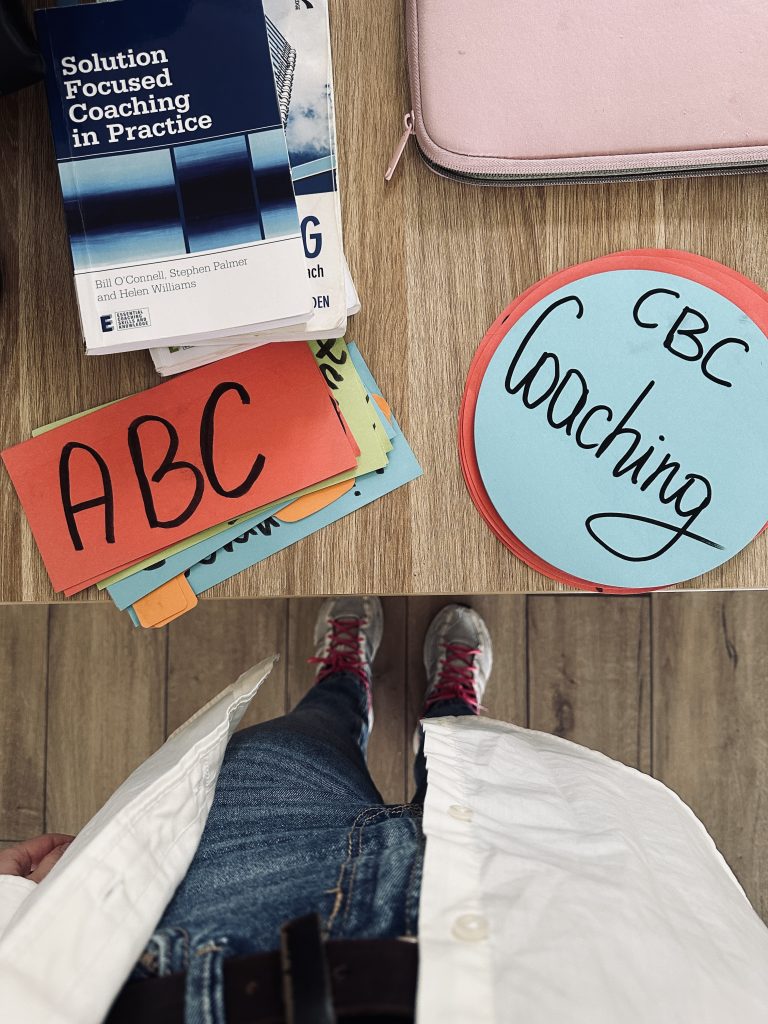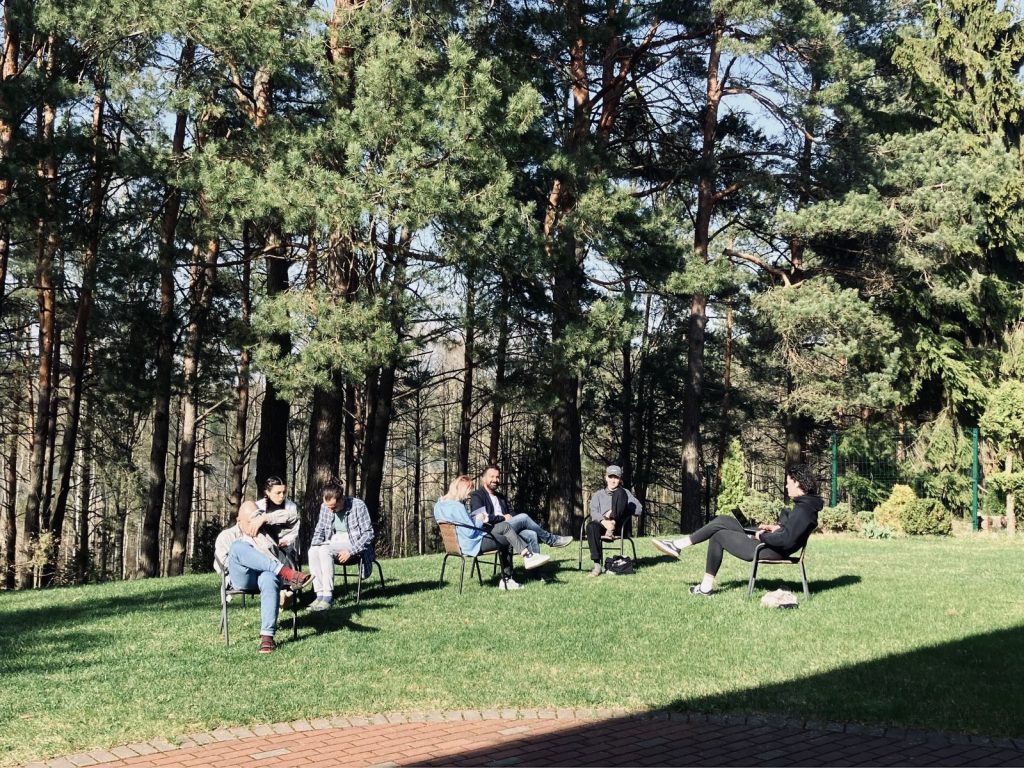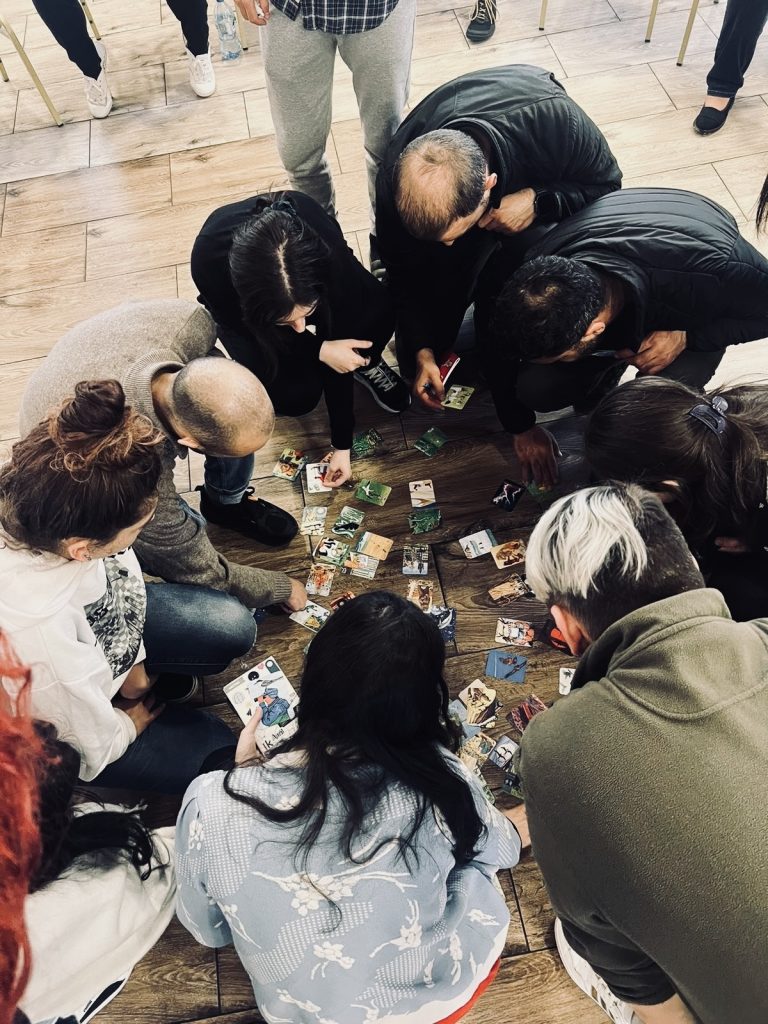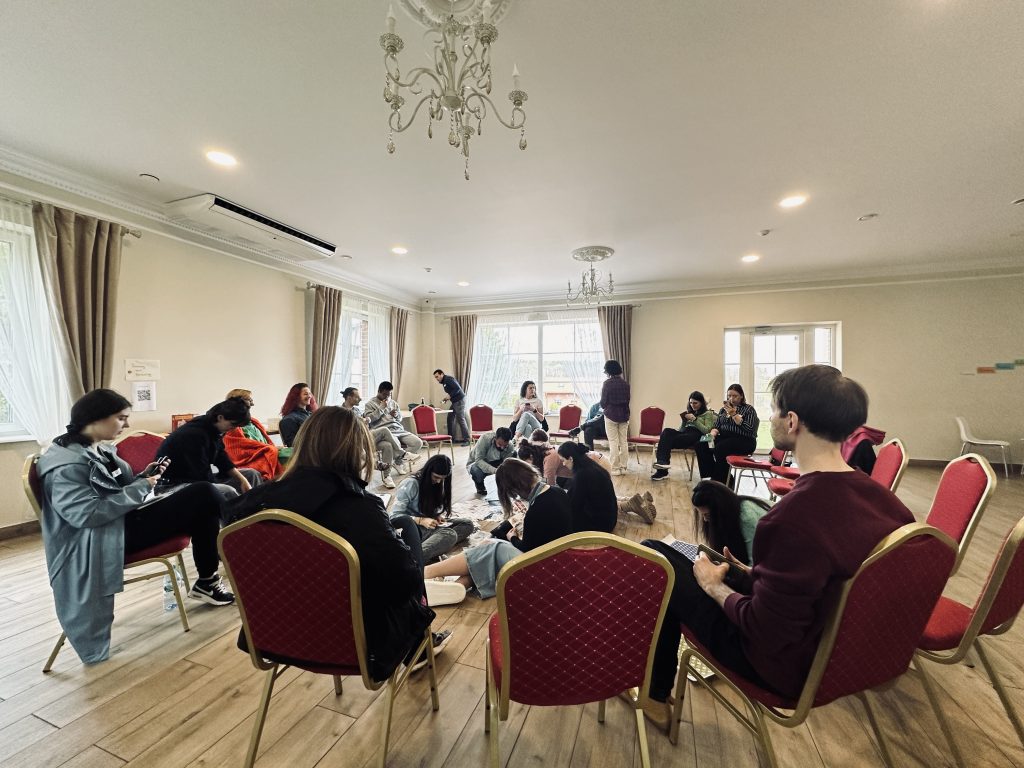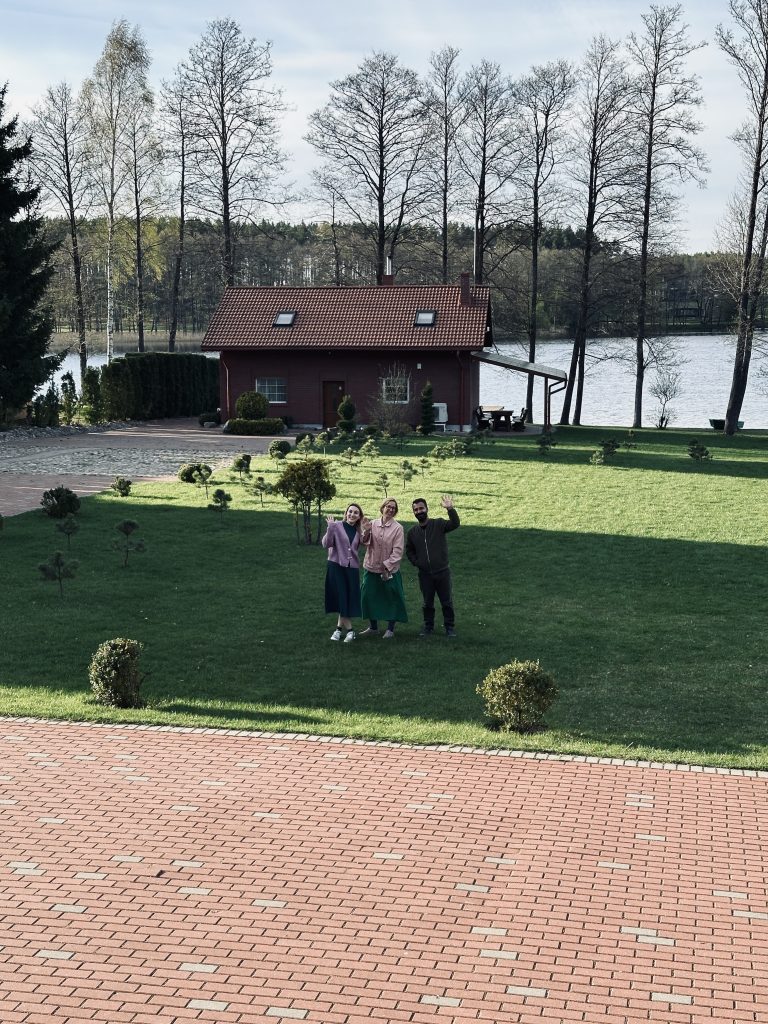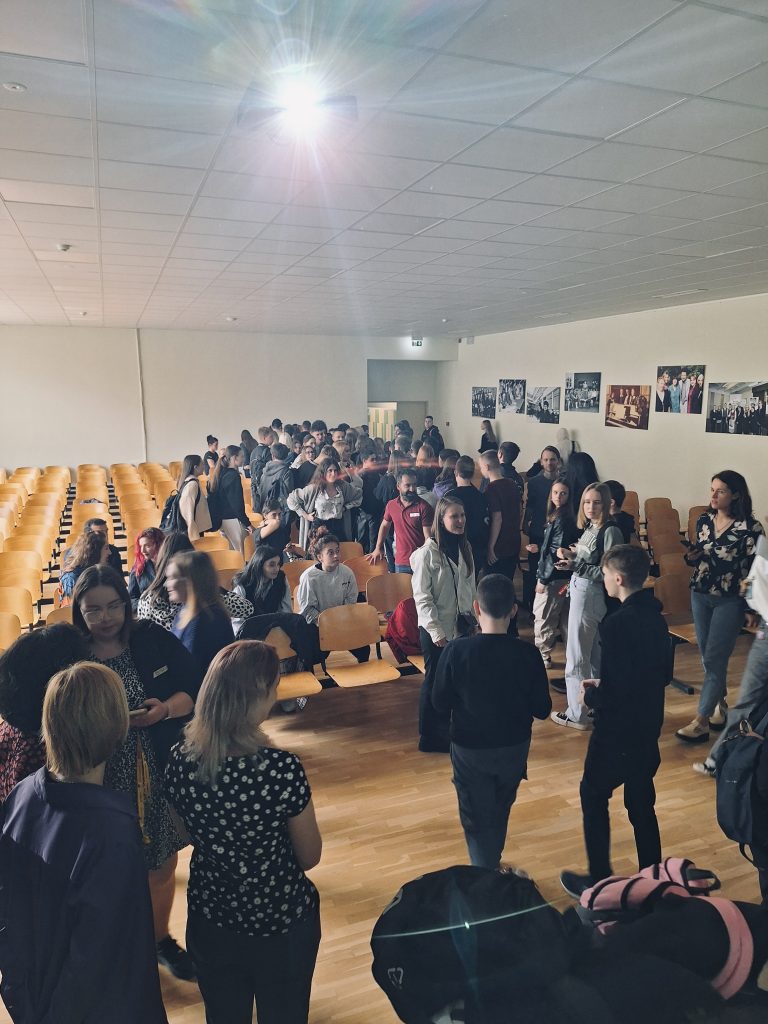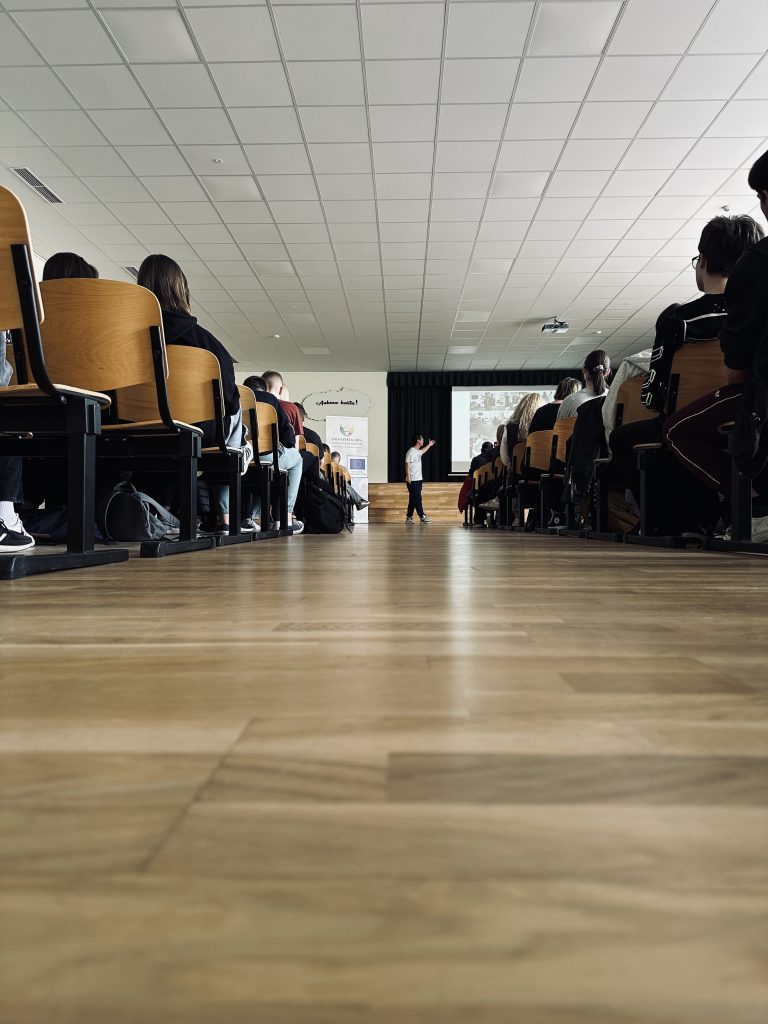This article explores a unique 9-day training course held in the Trakai region of Lithuania, designed to empower youth workers by enhancing their competence based on the European Training Standard (ETS) Competence Model for Youth Workers to Work Internationally.
Building Teams and Exploring the Field:
Beyond the self-directed learning, the program offered opportunities for team building and exploration. One day was dedicated to fostering collaboration and connections among participants. Another day provided a look into the world of youth work through a visit to a local school, Lentvario M. Šimelionio Gymnasium.
A Focus on Self-Directed Learning and Development:
The training’s central aim was to equip particThe ETSpert training’s central aim was to dig into ETS Competence Model for Youth Workers to Work Internationally. This was achieved through a self-directed learning approach, placing participants at the forefront of their development. Over a dedicated 3-day period, participants actively engaged in workshops on key areas like non-violent communication, coaching skills, and the broader field of youth work. This included a deep exploration of all nine core competencies outlined in the ETS model.
Closing the Course and Looking Ahead:
The final day served as a closing ceremony, where participants could reflect on their learnings and look towards the future.
This immersive training experience in Trakai, Lithuania, empowered youth workers through a blend of self-directed learning, workshops, team building, and a school visit. By fostering a deep understanding of the ETS model, coupled with practical tools and a platform for knowledge exchange, the program equipped participants to confidently navigate the international youth work landscape.
Trainers of this experience: Raminta Rusovičiūtė, Vytautas Šliuburys, Gvantsa Mezvrishvili.
Funded by the European Union. Views and opinions expressed are however those of the author(s) only and do not necessarily reflect those of the European Union or the European Education and Culture Executive Agency (EACEA). Neither the European Union nor EACEA can be held responsible for them.


